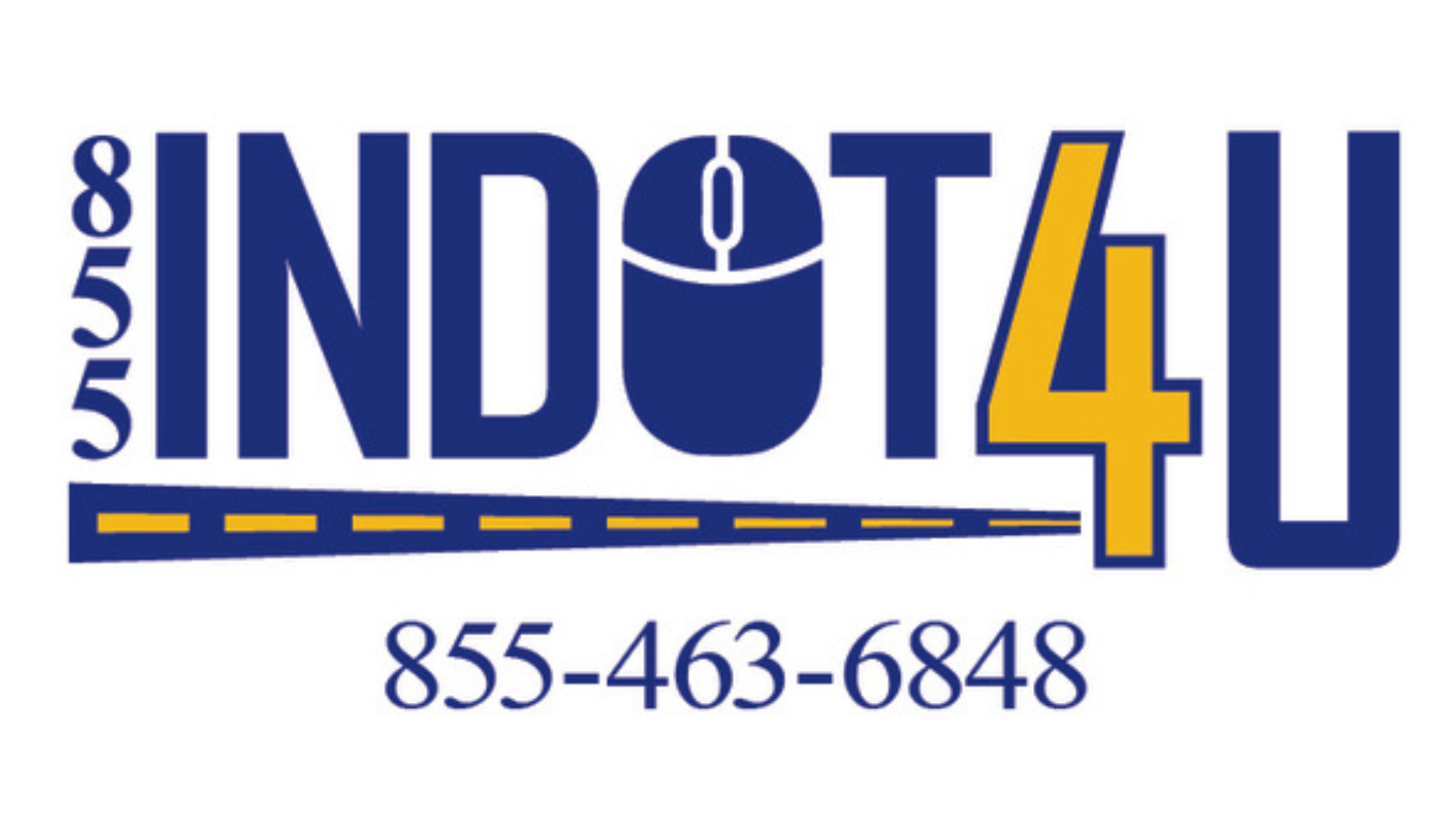I-69 - Evansville to Indianapolis
The new I-69 between Evansville and Indianapolis is a key component to the future economic vitality of southwestern Indiana, and will connect an entire region with improved access to jobs, education and healthcare.
In the 1970s, a group of visionaries began dreaming of a "Southwest Indiana Highway" connecting Evansville to Bloomington. In 1991, Congress proposed a "New National Highway System" and the dream took root as part of a new I-69 corridor. Designated as one of six Corridors of the Future, I-69 will ultimately extend from Mexico to Canada, making it a primary north-south artery for the movement of goods and services in the US.
In late 1999, a Tier 1 Environmental Impact Study (EIS) was initiated for the Evansville to Indianapolis portion of I-69. This EIS looked at a wide range of possible highway corridors to link Evansville and Indianapolis. In December of 2003, a Final Environmental Impact Statement (FEIS) for I-69 was issued recommending Alternative 3C as the preferred corridor for I-69. The Federal Highway Administration selected Alternative 3C for I-69 in its Record of Decision (ROD) dated March 24, 2004. The FEIS and ROD divided the 142-mile corridor into six sections, paving the way for the initiation of Tier 2 studies for I-69.
The Tier 2 Environmental Studies have been completed for all sections of I-69 from Evansville to Indianapolis. Thanks to the commitment of governors Mitch Daniels, Mike Pence and Eric Holcomb, I-69 has rapidly moved through construction. Sections 1 through 5 from Evansville to Martinsville are fully open to traffic. Work on Section 6 began in 2019, and the portion from just south of Martinsville to S.R. 144 was shielded as I-69 in December 2022. Section 6, also known as I-69 Finish Line, is scheduled to be open to unrestricted traffic by late 2024, creating that much anticipated corridor of free flow traffic from Evansville to Indianapolis.
At the peak of construction in 2012, I-69 was the longest contiguous new terrain interstate construction project in the U.S., putting Indiana in an enviable position to attract new jobs in a competitive global marketplace.
- I-69 Video Playlist
Click here to view the full I-69 Playlist
- I-69 Finish Line in 2024 - A Fly Through of Progress
- Connecting the Crossroads One Year Later
- Celebrating Morgan County One Year After I-69's Opening to Traffic
- Celebrating Johnson County One Year After I-69's Opening to Traffic
- 2024 Construction Look Ahead
- 2023 Partnership and People Highlights
- 2023 I-69 Corridor Highlights

